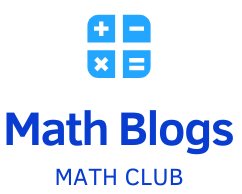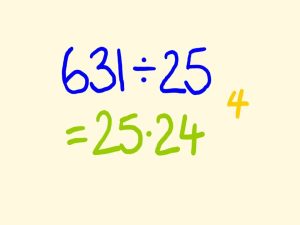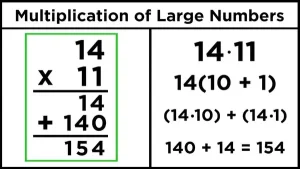Math is an essential part of daily life, whether you’re managing finances, solving puzzles, or pursuing academic goals. While some people find math challenging, mastering a few simple tips and tricks can make even the most complex calculations seem manageable. This guide will help you learn strategies to improve your math skills and gain confidence in solving problems quickly and accurately.
Mental Math Made Simple
Mental math involves performing calculations in your head without the need for a calculator or paper. It’s a valuable skill that can save time and improve cognitive ability. One effective trick for mental math is breaking down numbers into smaller, manageable parts. For instance, if you need to calculate 37+4837 + 48, you can break it down as 30+40=7030 + 40 = 70 and 7+8=157 + 8 = 15, then add 70+15=8570 + 15 = 85.
Another useful method is rounding numbers to the nearest ten, performing the operation, and then adjusting the result. For example, to multiply 49×649 \times 6, round 4949 to 5050, calculate 50×6=30050 \times 6 = 300, and subtract 66 (since 4949 is 11 less than 5050), resulting in 300−6=294300 – 6 = 294.
Multiplication Tricks
Certain multiplication patterns can simplify calculations. For instance:
- Multiplying by 5: Halve the number and multiply by 10. If the number is odd, subtract 11, halve it, and then add 55 to the result.
- Squaring numbers ending in 5: Multiply the first digit by itself plus one, then add 2525. For 25225^2, calculate 2×(2+1)=62 \times (2 + 1) = 6, and append 2525 to get 625625.
Division Shortcuts
Division by numbers like 55, 1010, or 2525 can also be simplified. To divide by 55, multiply the number by 22 and then divide by 1010. For example, 135÷5135 \div 5 becomes (135×2)÷10=270÷10=27(135 \times 2) \div 10 = 270 \div 10 = 27.
Fractions Made Easy
Working with fractions can be intimidating, but simplifying them is key. Always look for the greatest common divisor (GCD) to reduce fractions. For instance, to simplify 16/2416/24, find the GCD, which is 88, and divide both numerator and denominator by 88, resulting in 2/32/3.
When adding or subtracting fractions, use the least common denominator (LCD). For 1/3+1/41/3 + 1/4, the LCD is 1212, so rewrite the fractions as 4/12+3/12=7/124/12 + 3/12 = 7/12.
Percentage Calculations
Percentages are useful in everyday scenarios, from calculating discounts to understanding interest rates. A quick way to find 10%10\% of a number is to divide it by 1010. To calculate 5%5\%, halve the 10%10\% value. For 20%20\%, double the 10%10\%. For example, 20%20\% of 150150 is 15×2=3015 \times 2 = 30.
The Power of Estimation
Estimation is a valuable skill for checking your work and making quick decisions. When estimating, round numbers to their nearest ten, hundred, or thousand to simplify calculations. For instance, estimating 493×8493 \times 8 can be rounded to 500×8=4000500 \times 8 = 4000, giving a rough idea of the result.
Memorization Techniques
Building a strong foundation in math often involves memorizing key facts. Use mnemonic devices, songs, or flashcards to remember multiplication tables, square roots, and prime numbers. Regular practice will reinforce these facts and make them second nature.
Practice Regularly
Consistent practice is essential for improving math skills. Dedicate time to solving problems, playing math games, or exploring puzzles. The more you engage with math, the more comfortable you’ll become with various concepts and operations.
Conclusion
Math doesn’t have to be intimidating or overwhelming. By applying these tips and tricks, you can simplify calculations, improve accuracy, and build confidence. Whether it’s mental math, percentages, or fractions, these strategies are designed to make math more approachable and enjoyable. With practice and patience, anyone can master the art of mathematics.




